Traitement bois
Découvrez notre sélection de 195 références en Traitement bois . En quelques clics, contactez directement des experts du bois et recevez des conseils personnalisés pour votre projet.
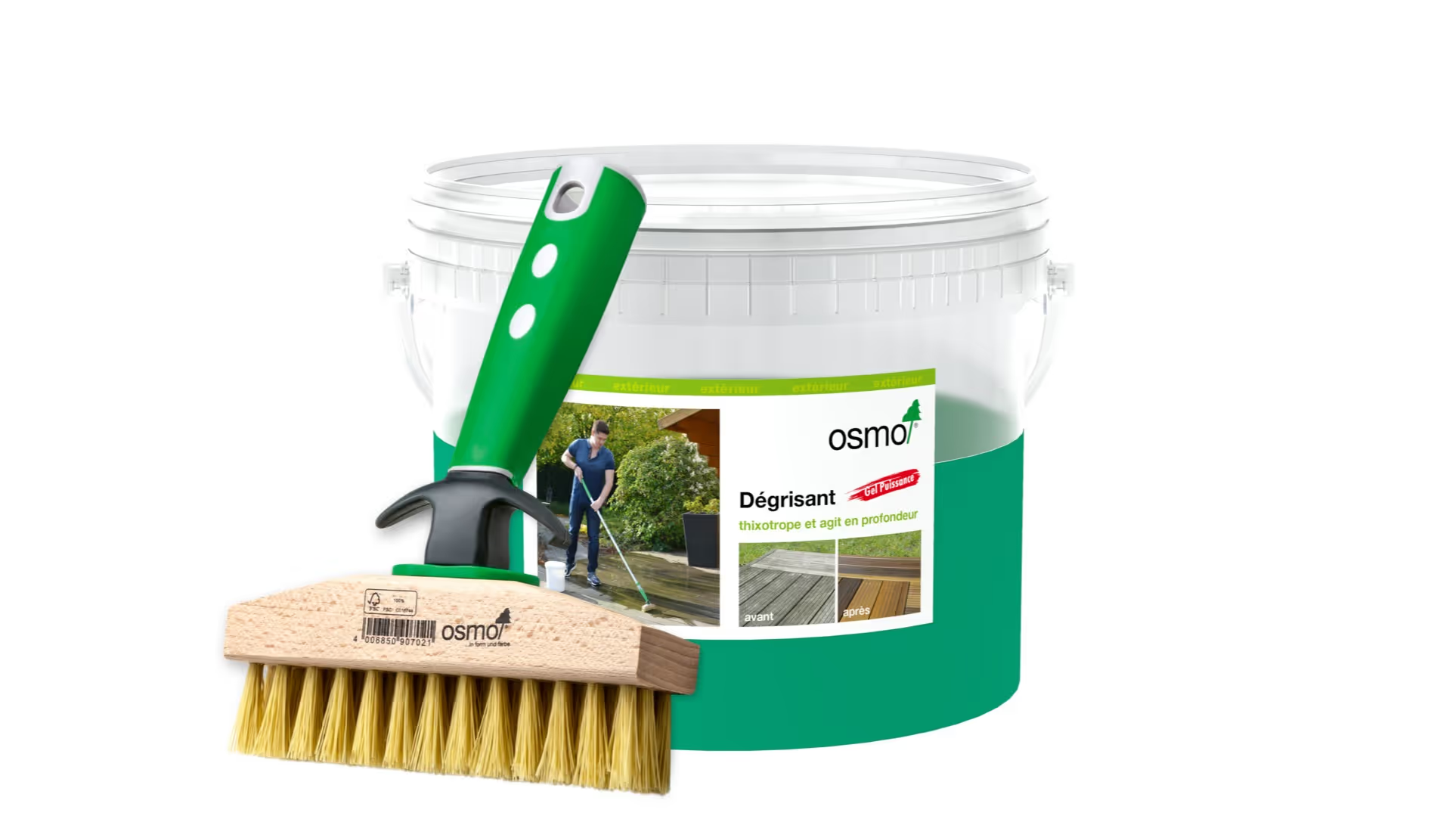
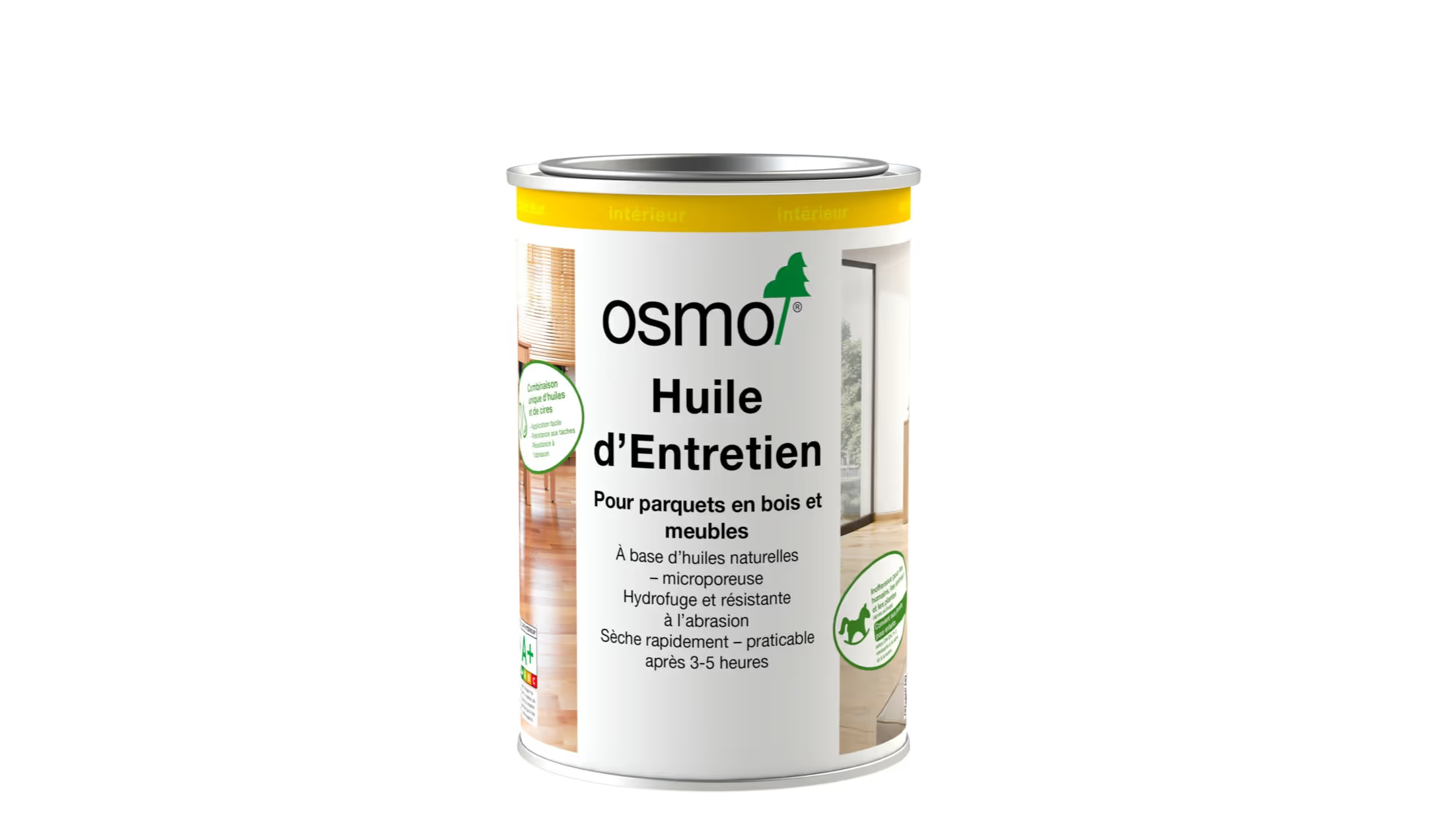

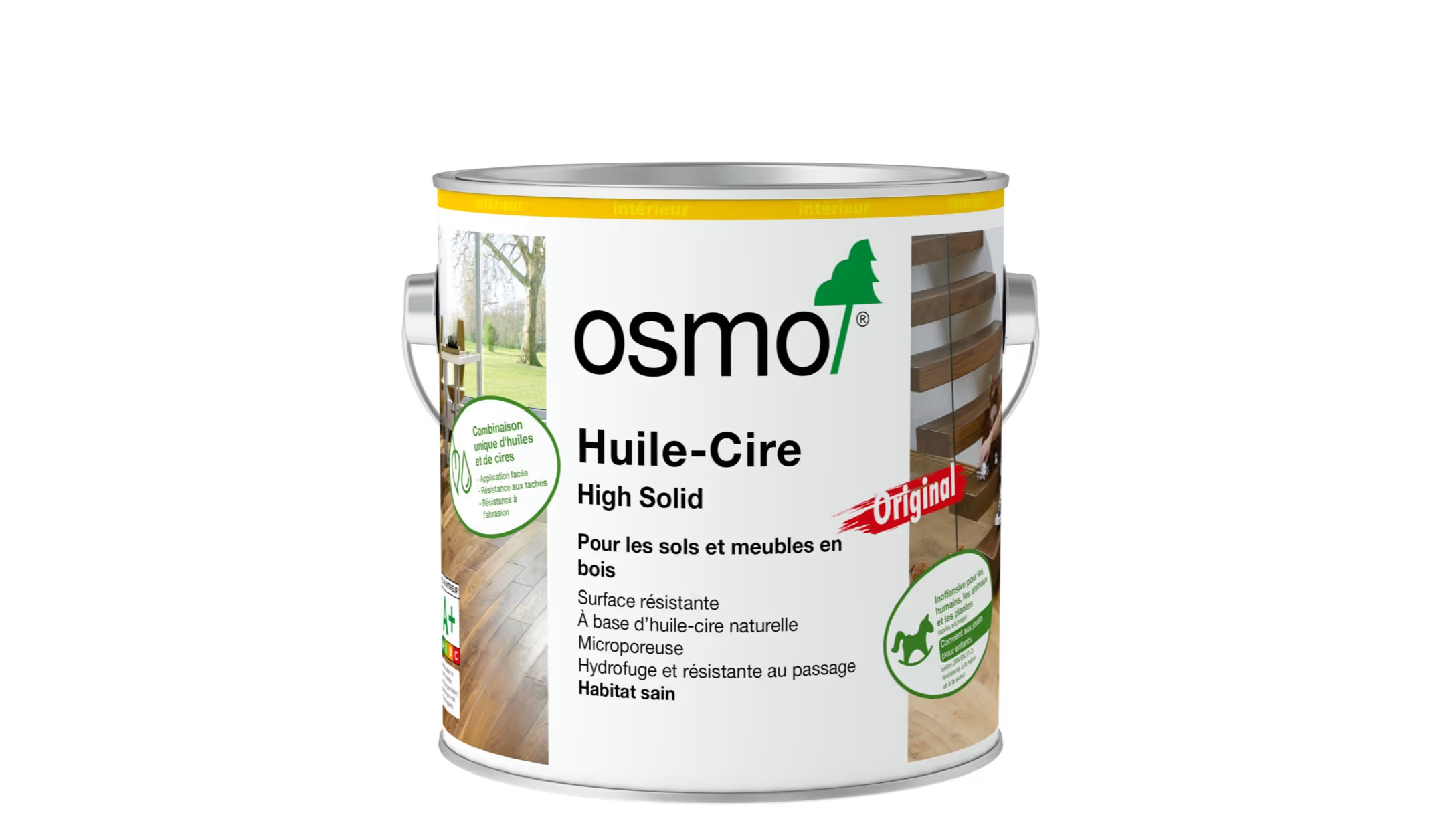

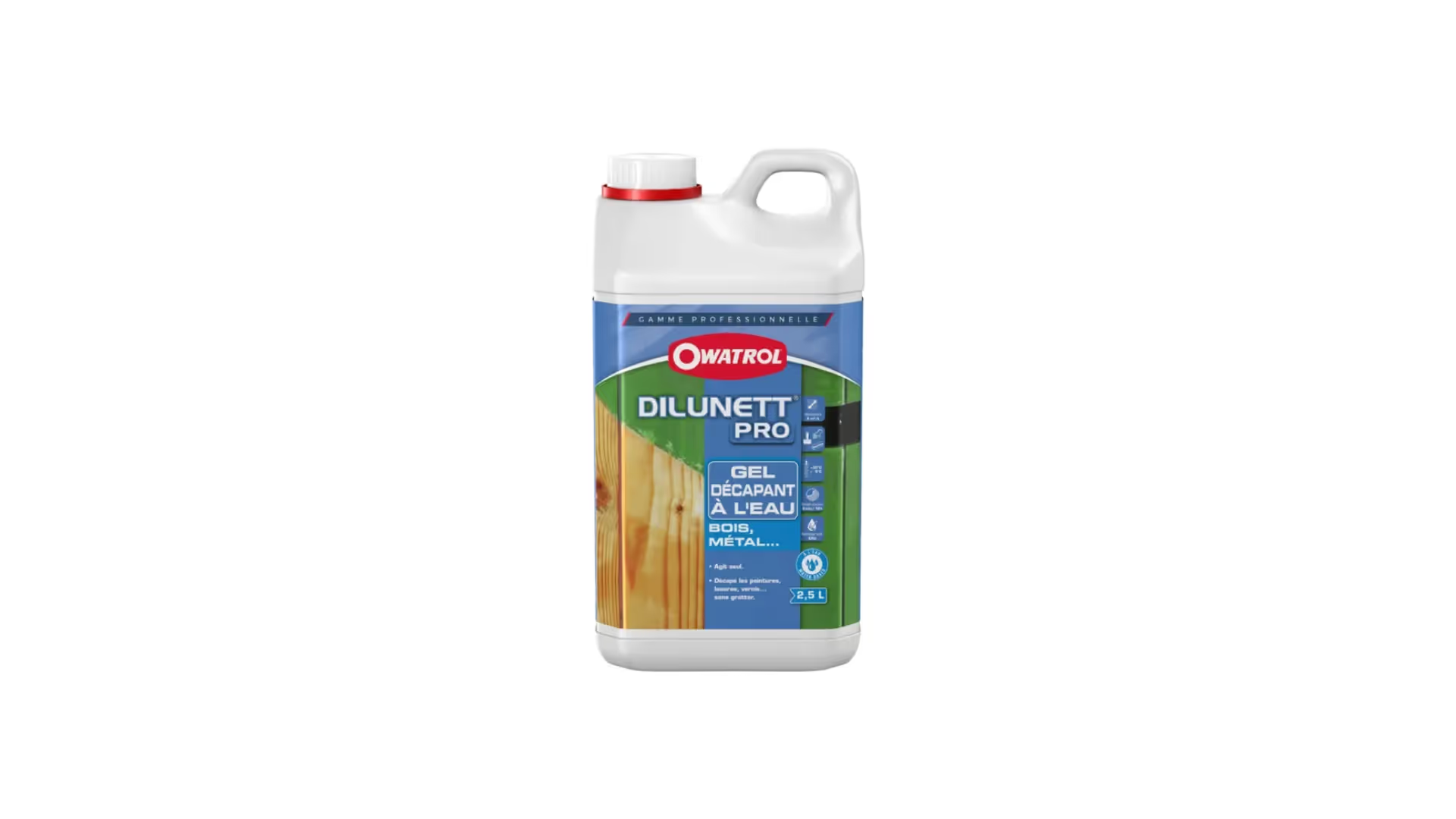
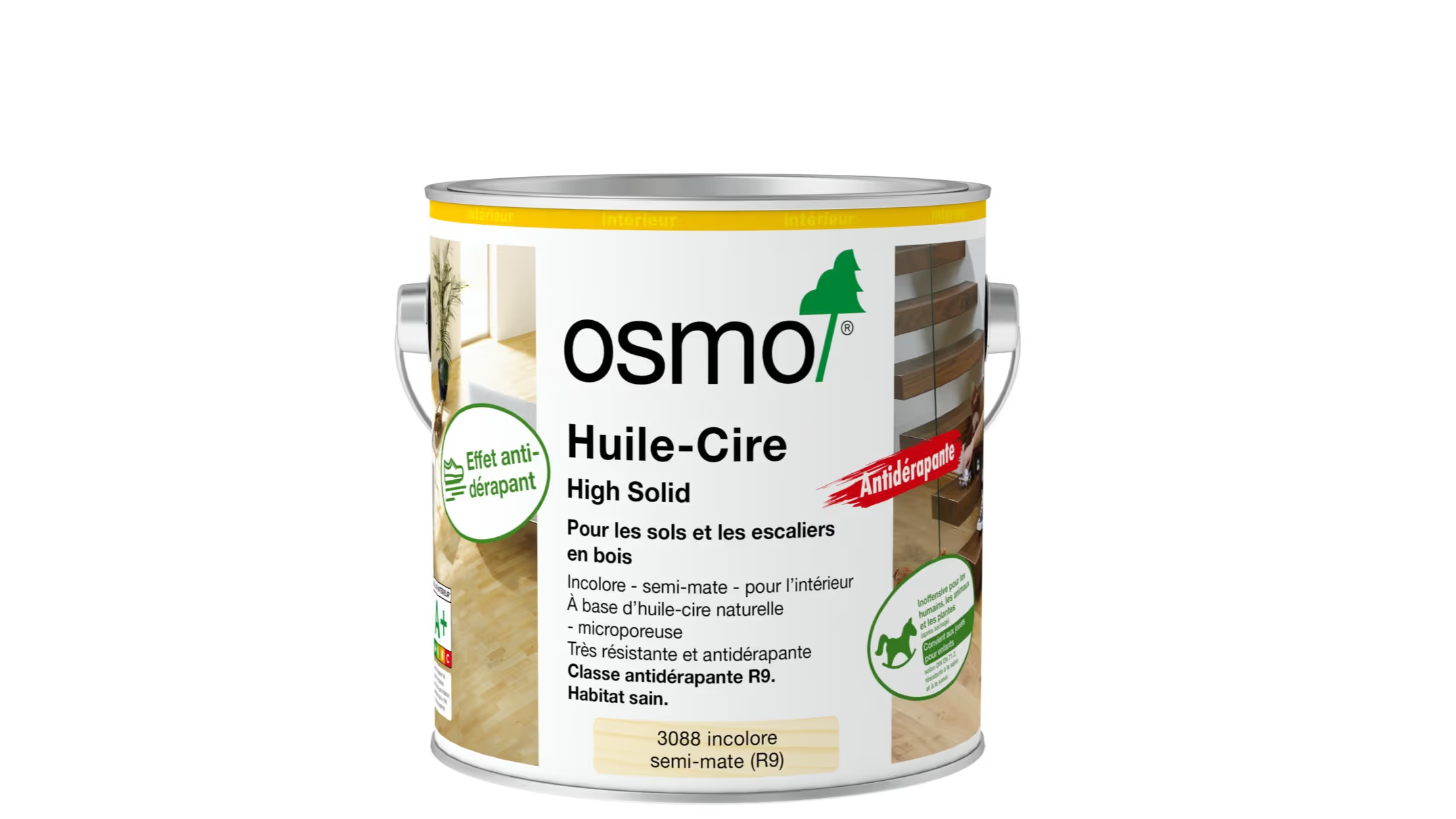
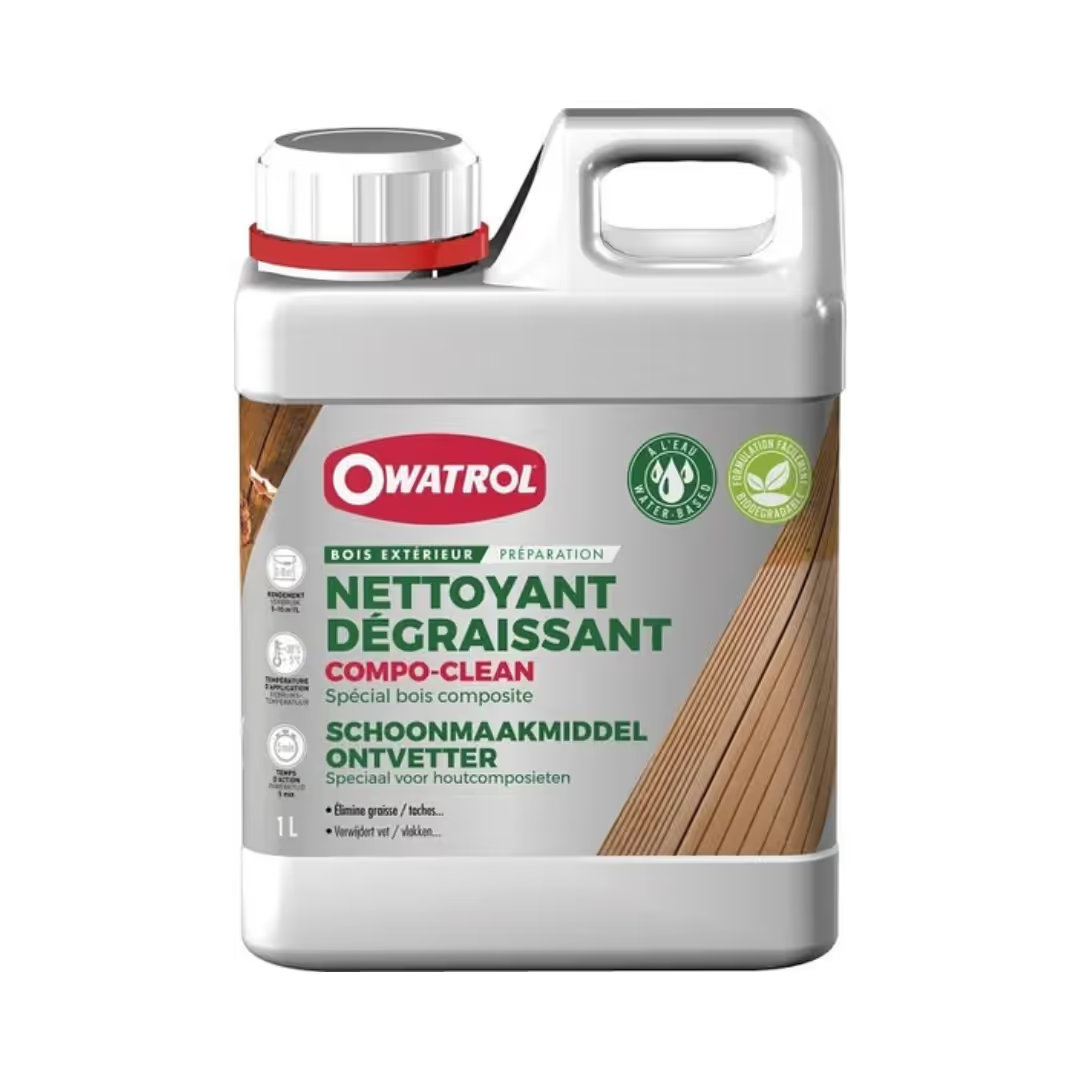


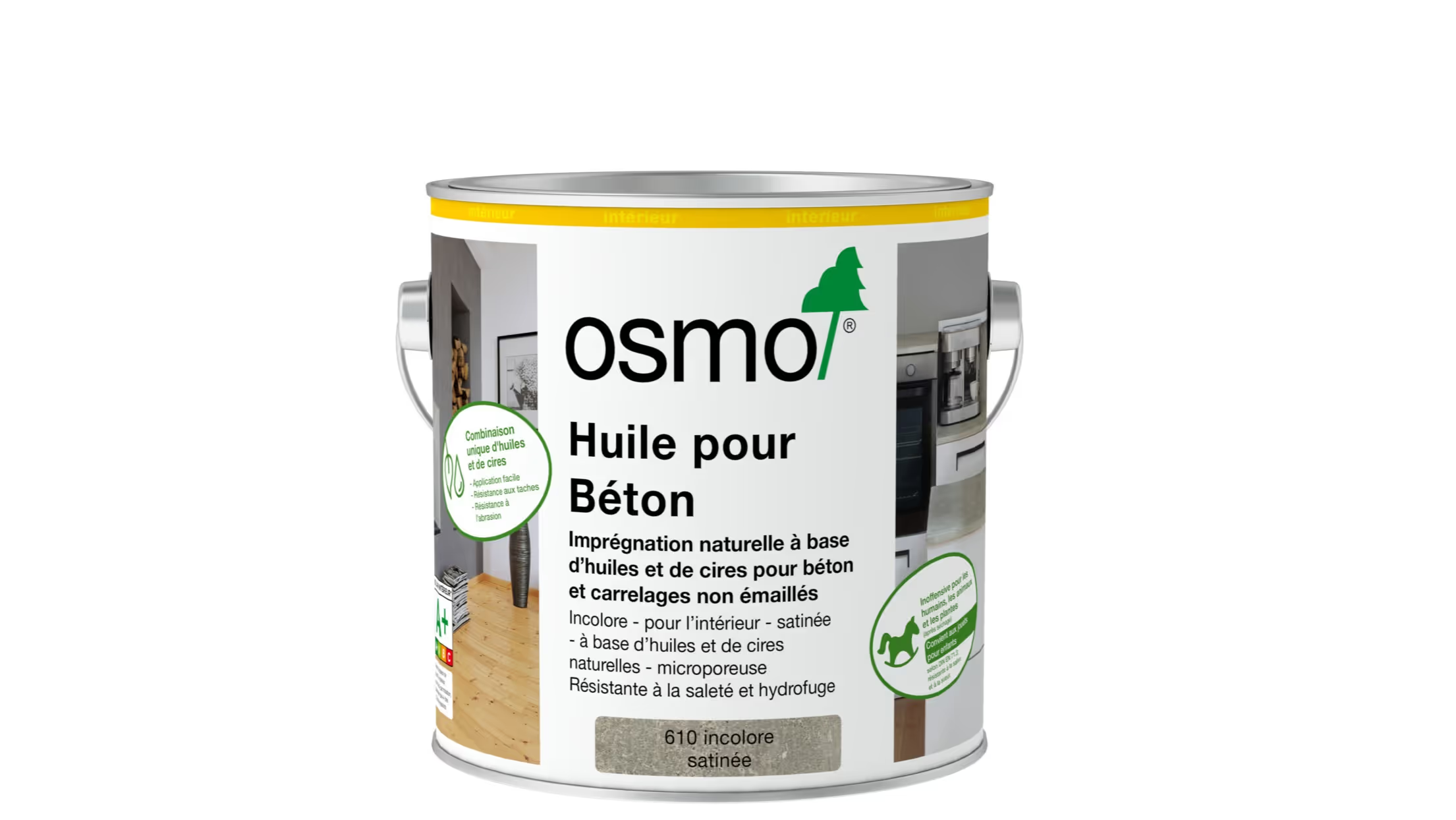
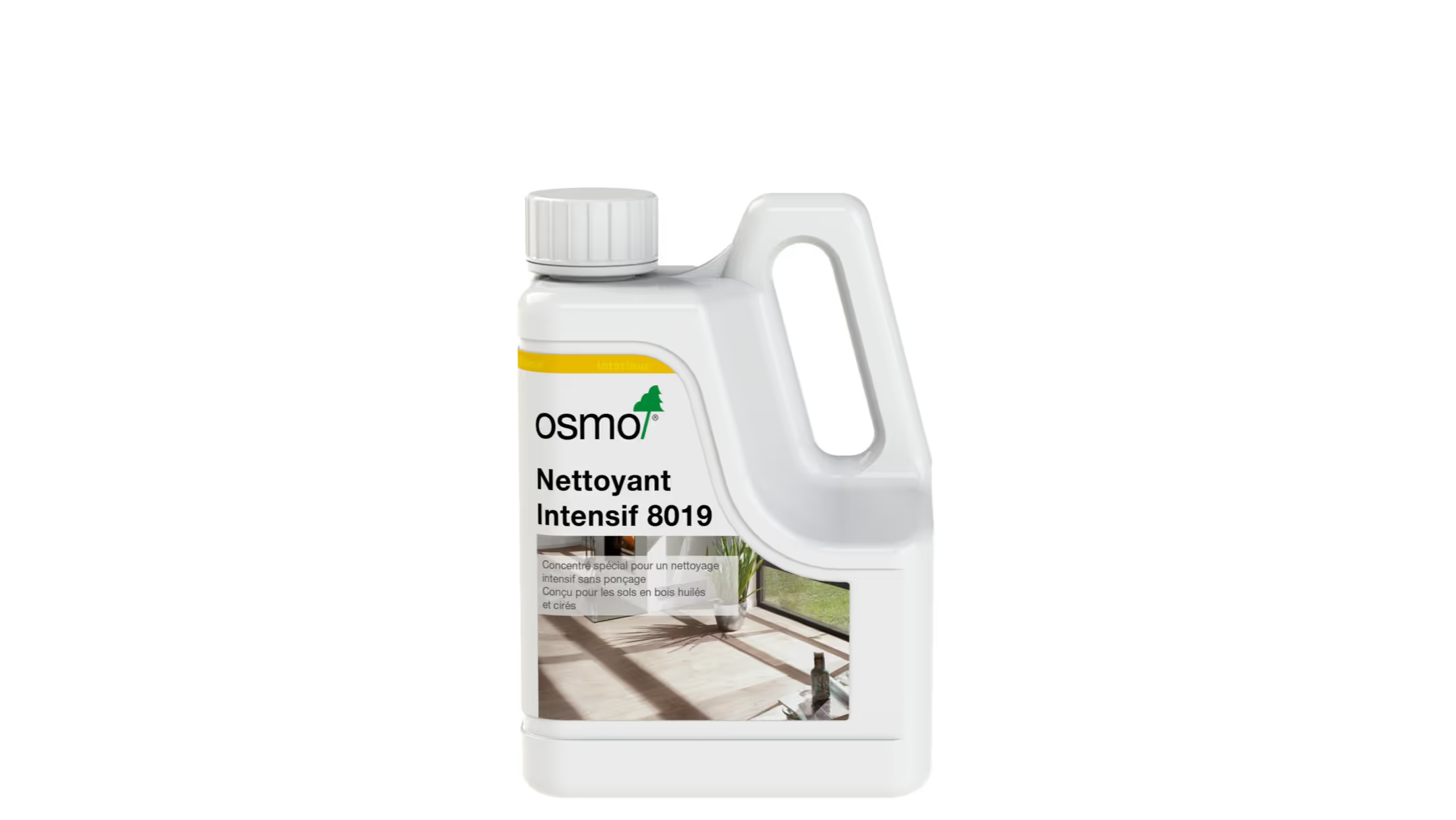

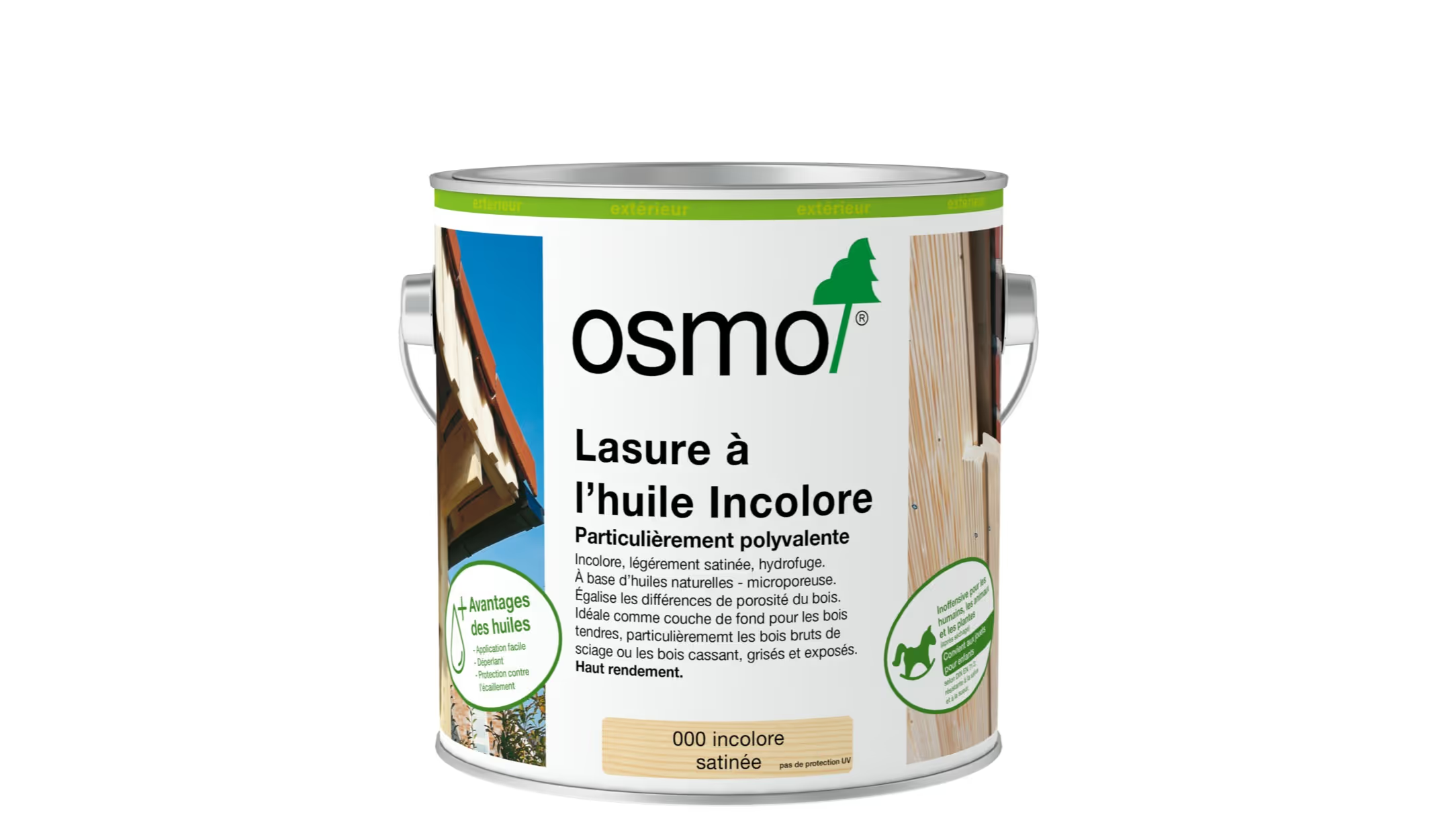
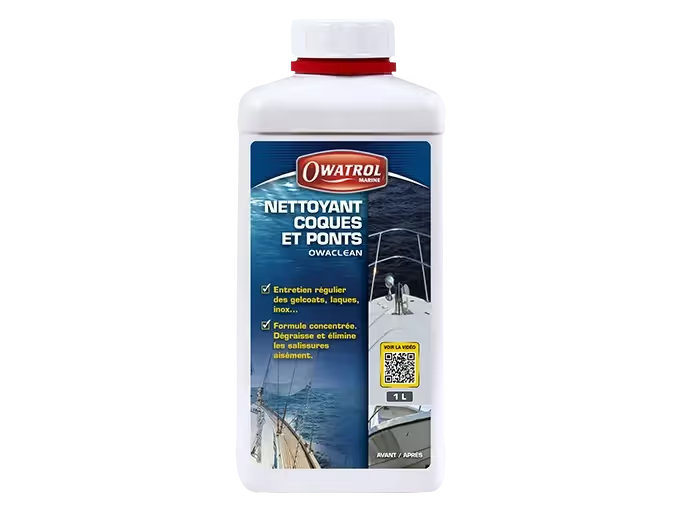


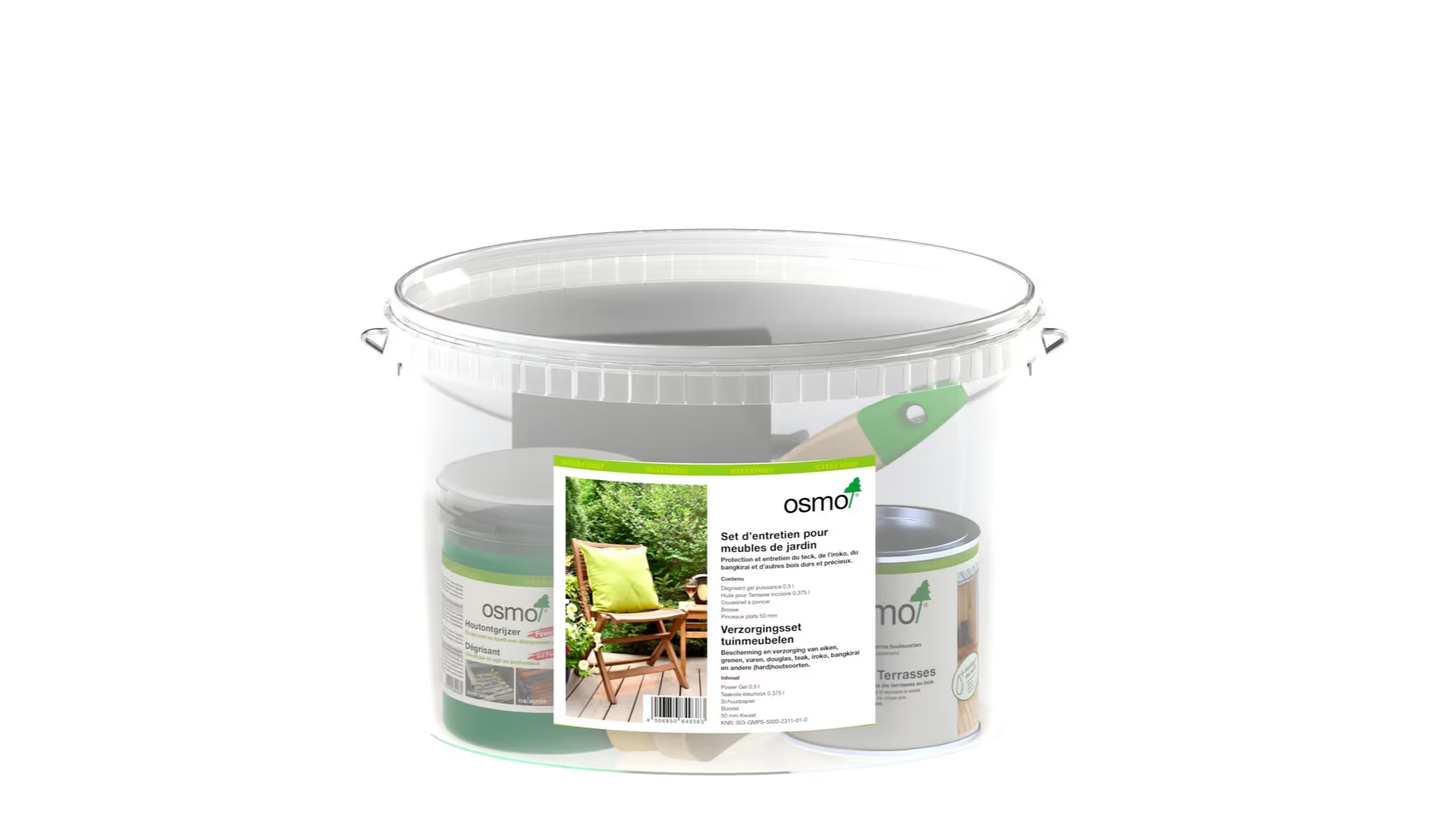
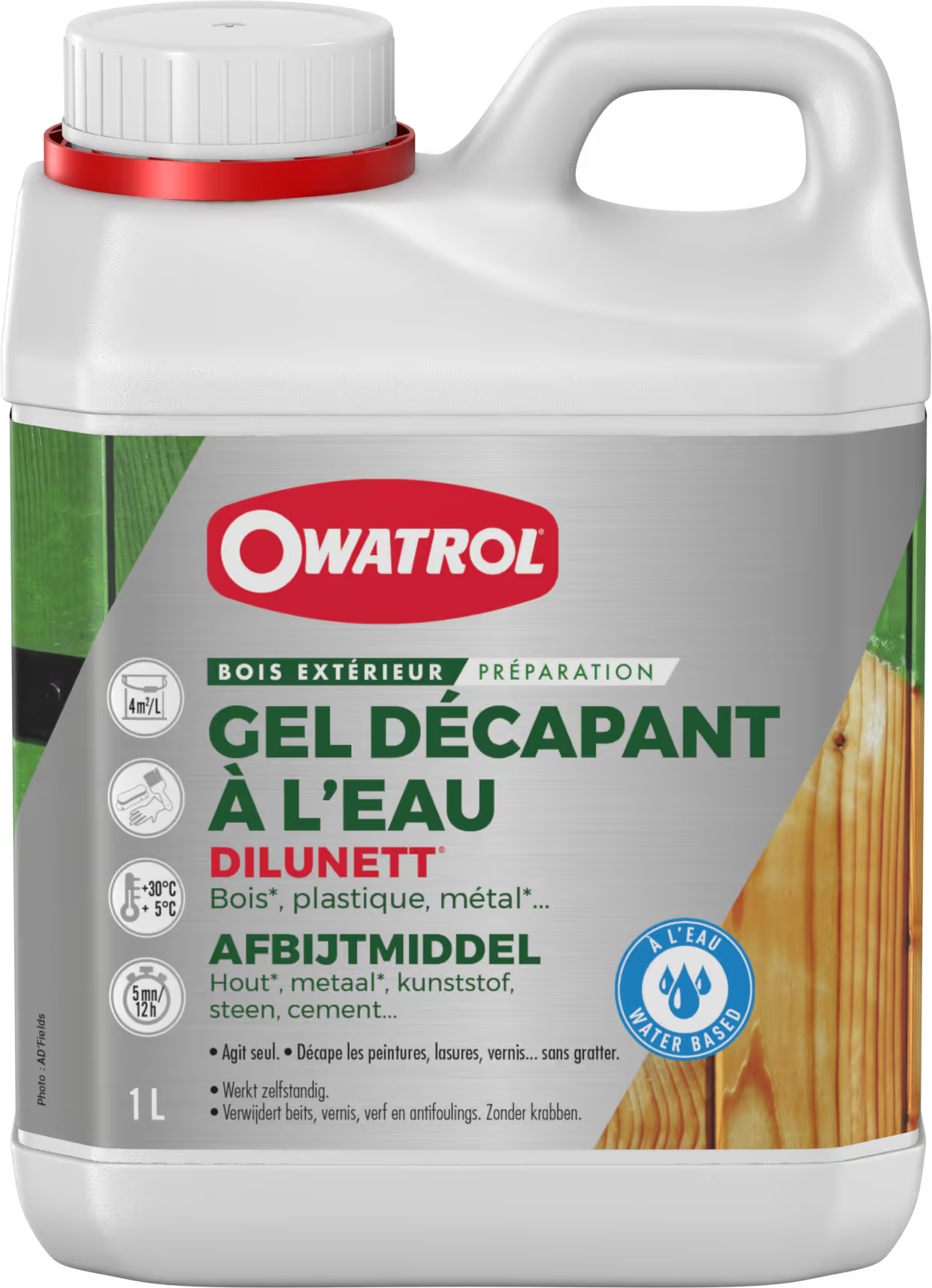
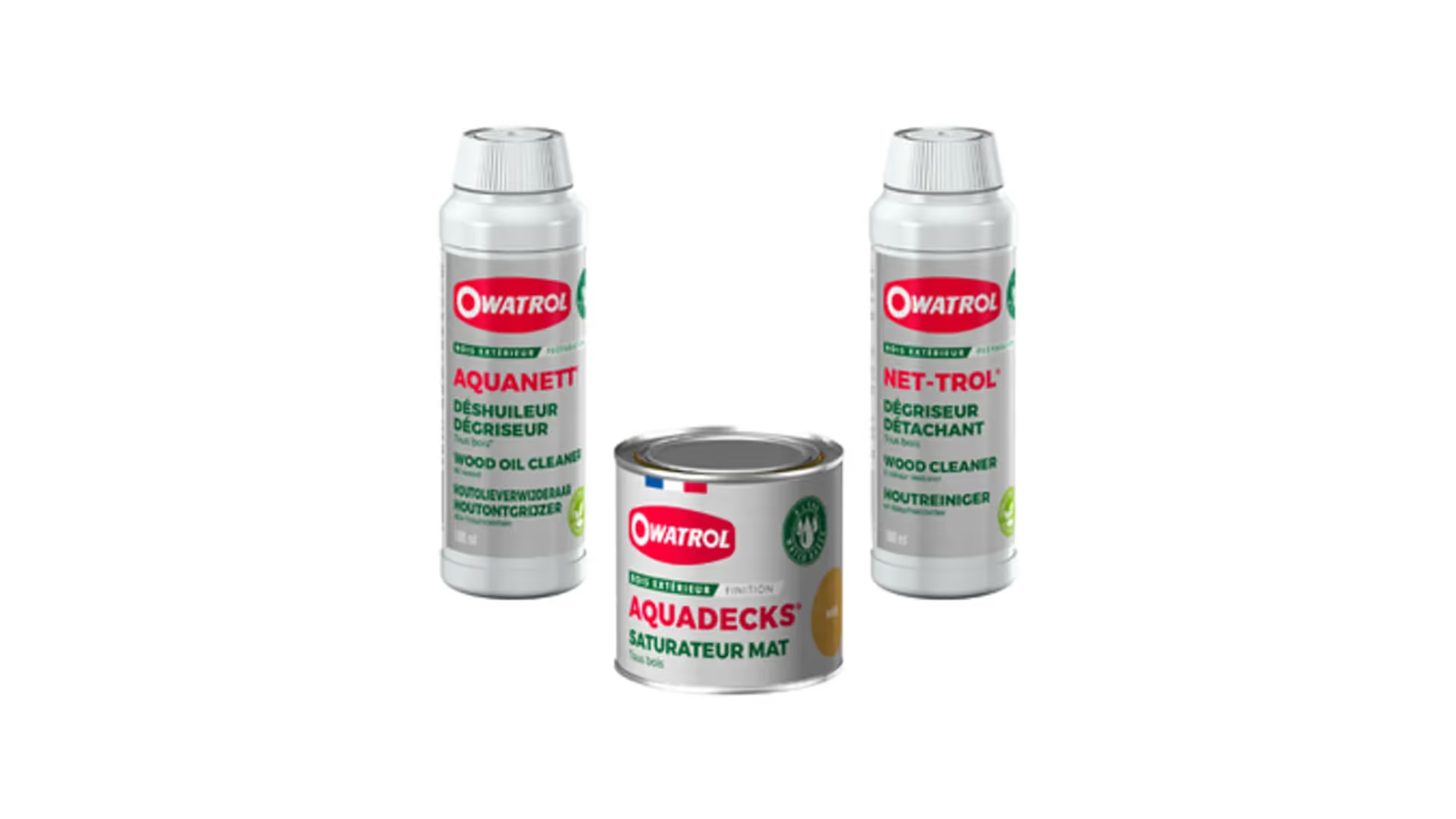
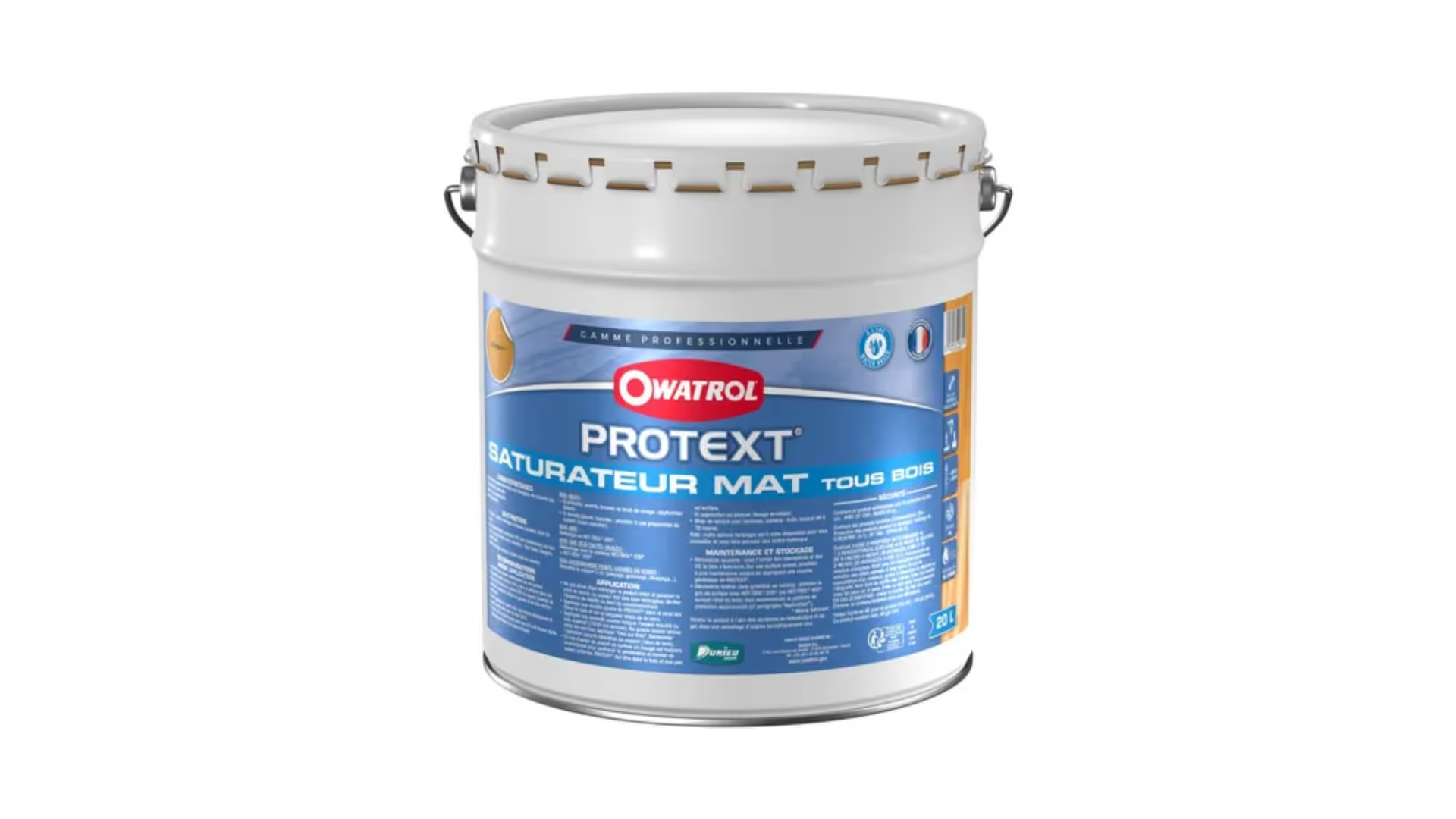



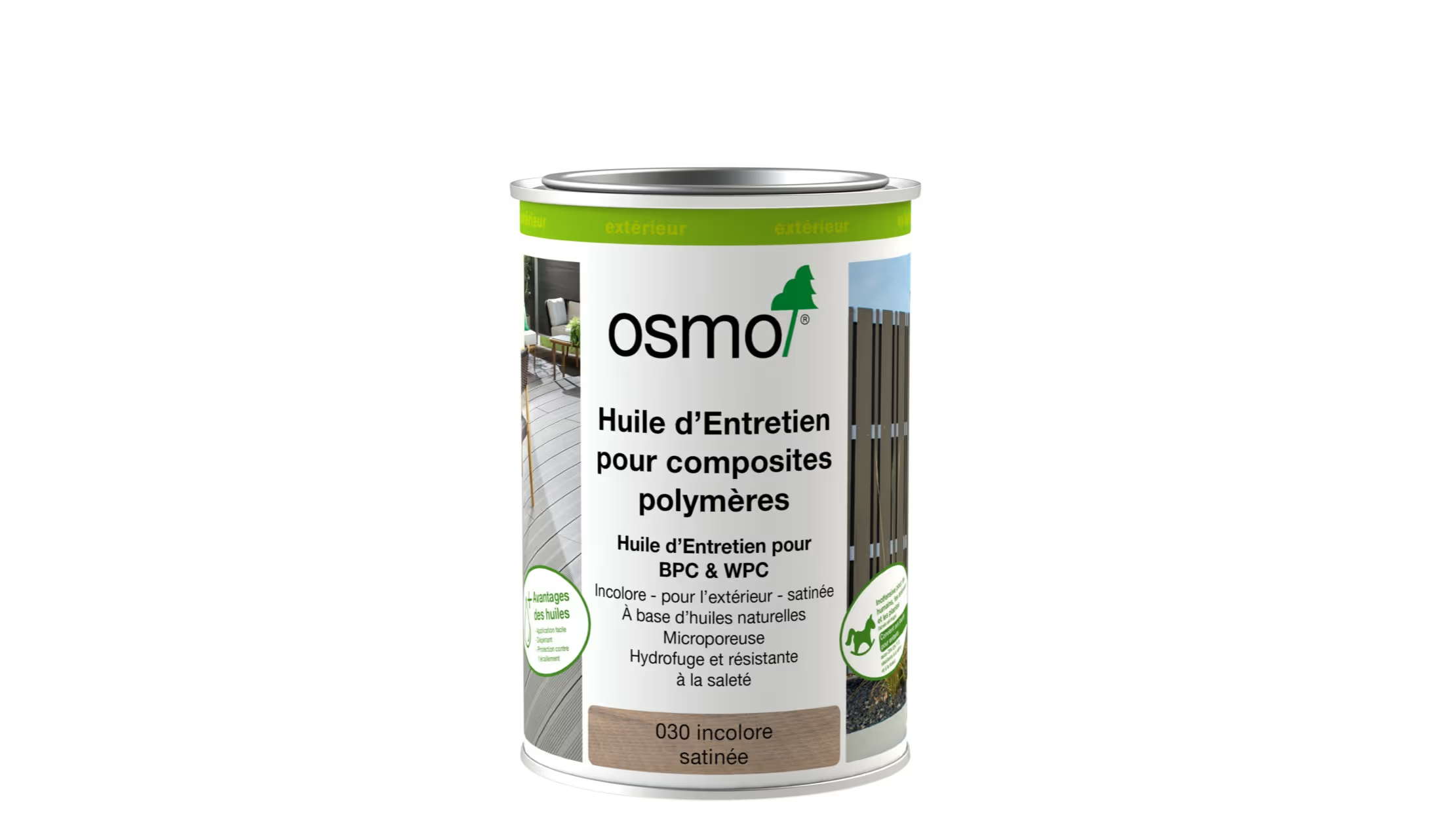

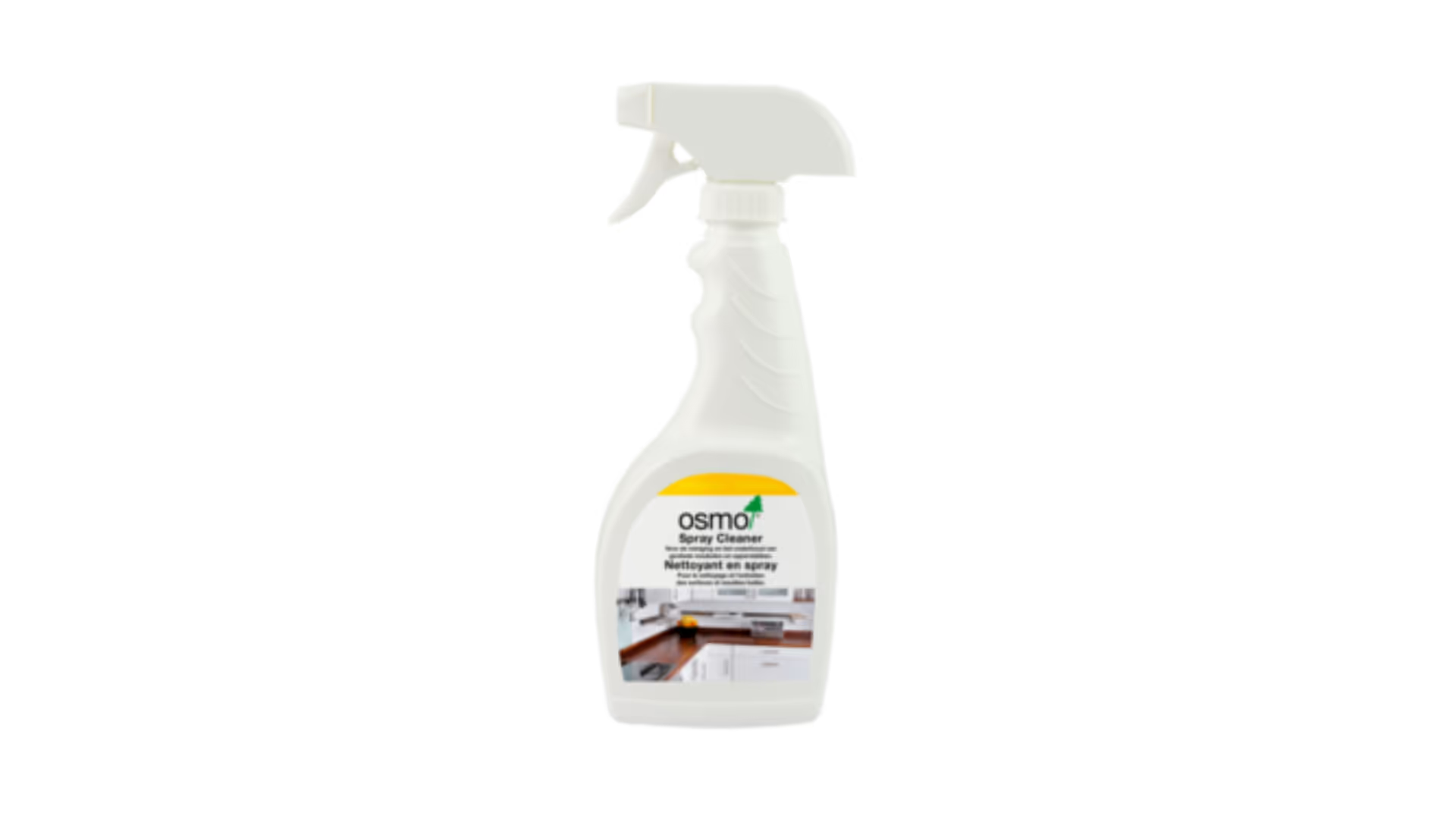


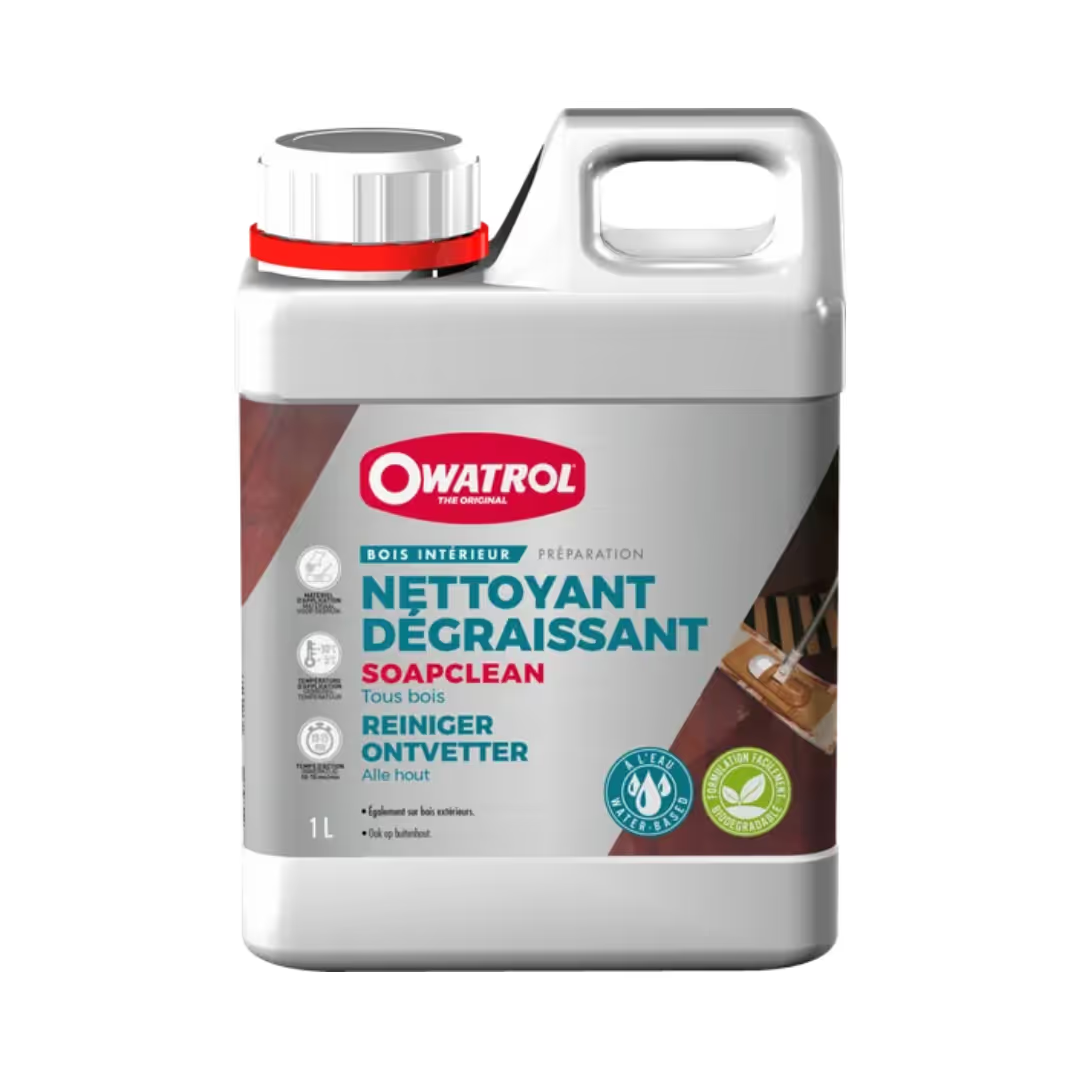
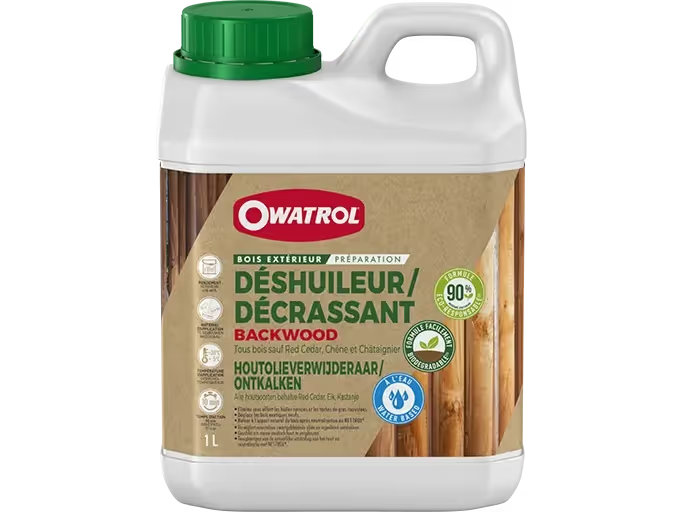


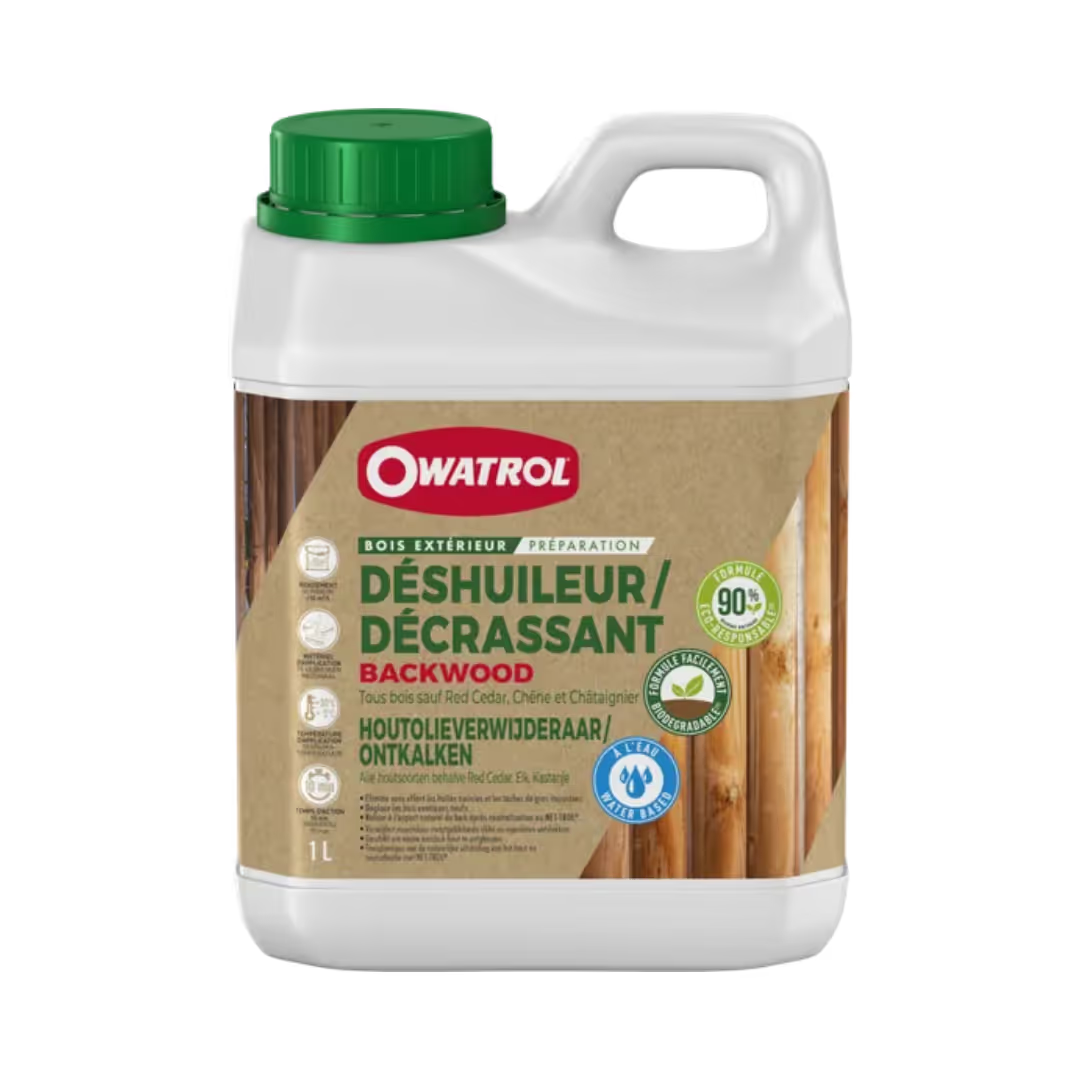
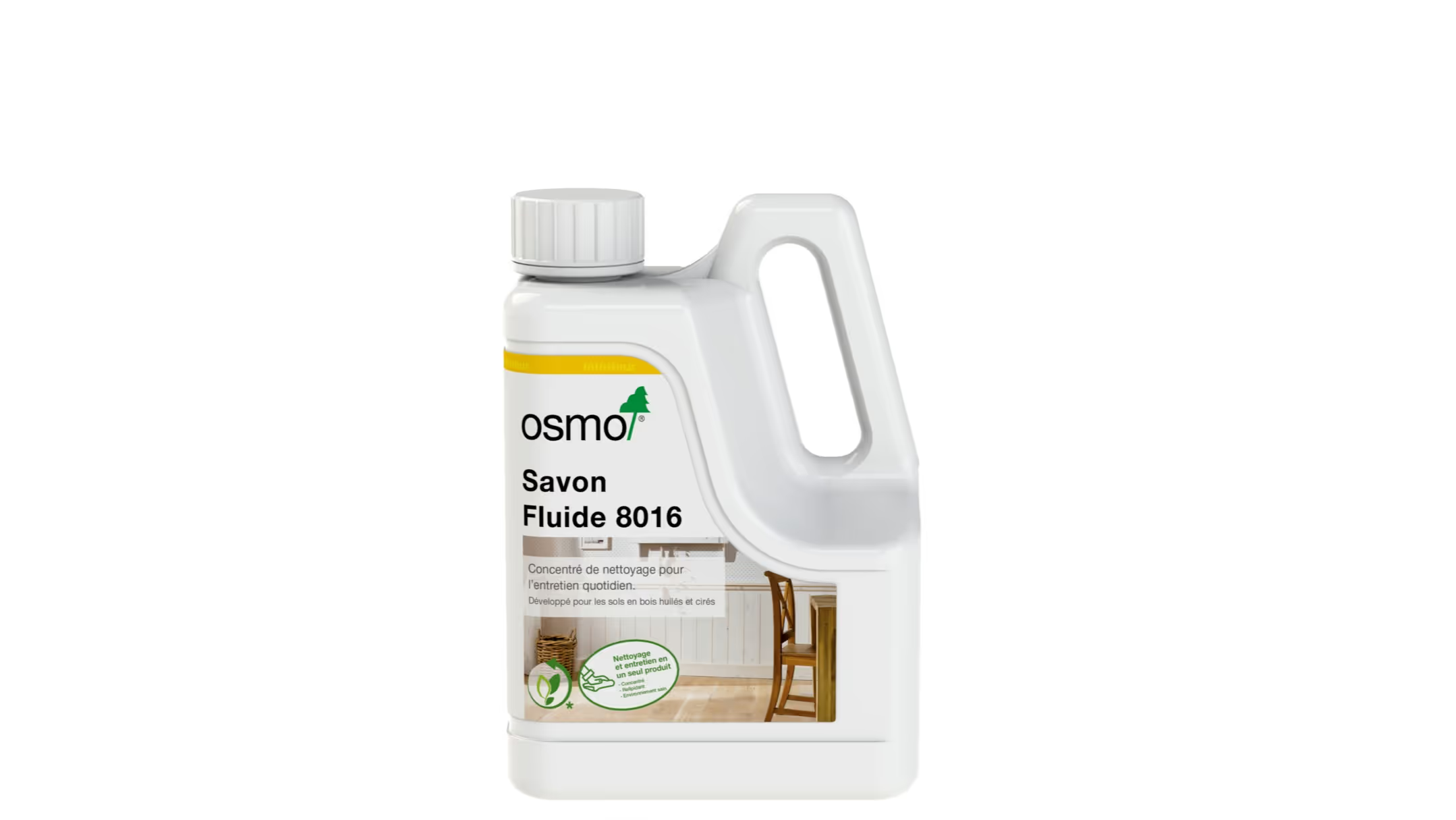

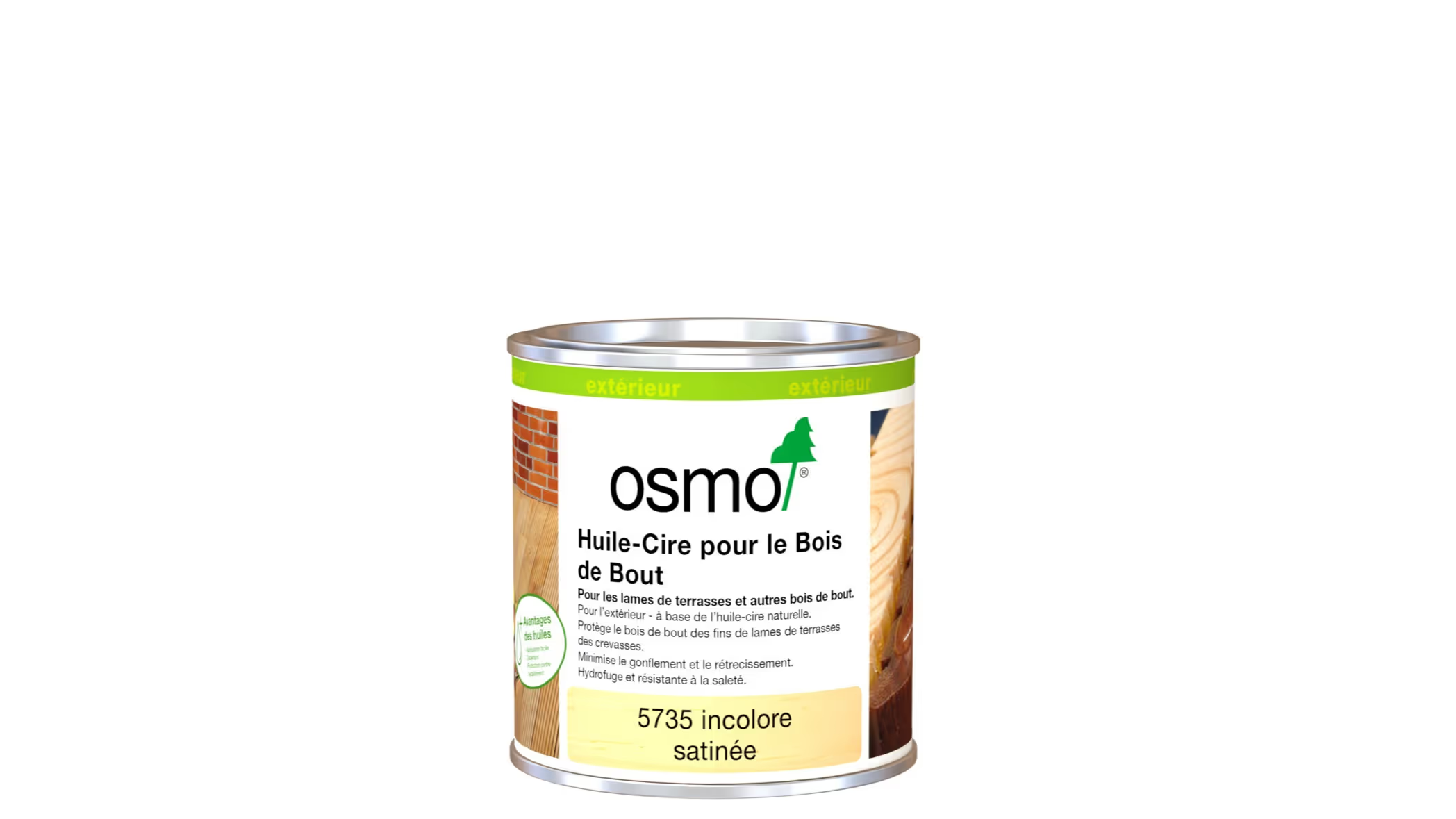
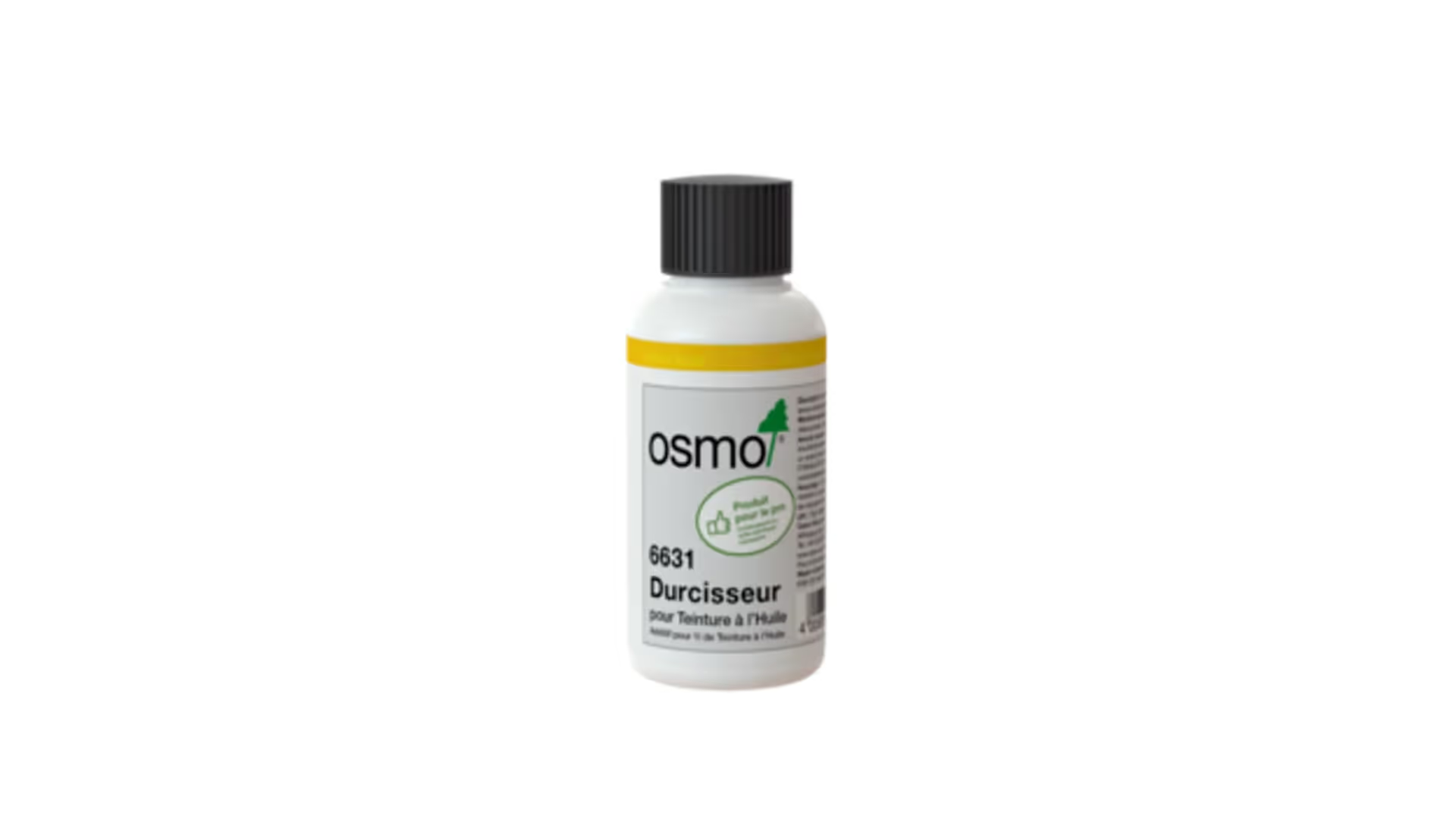
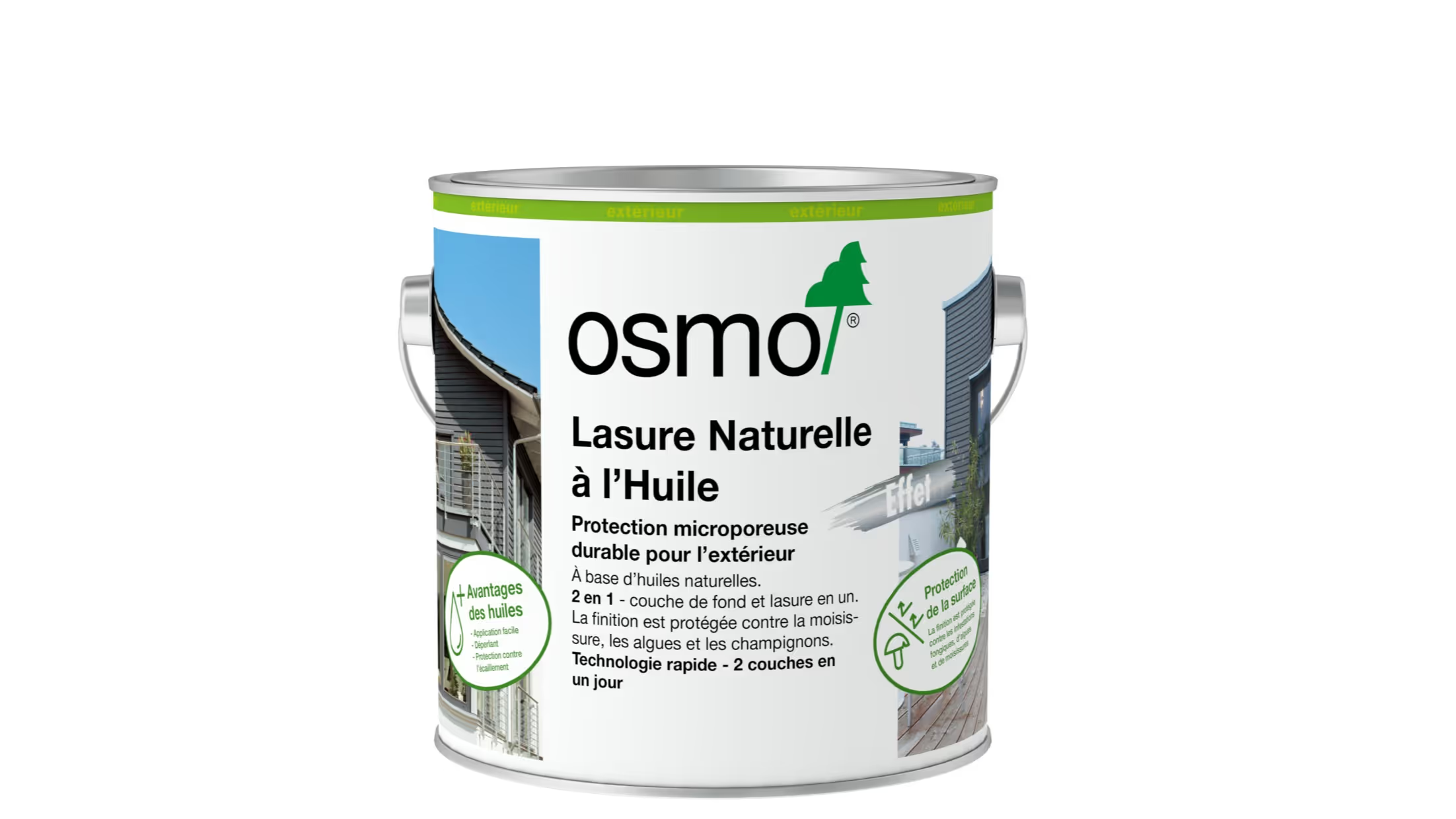
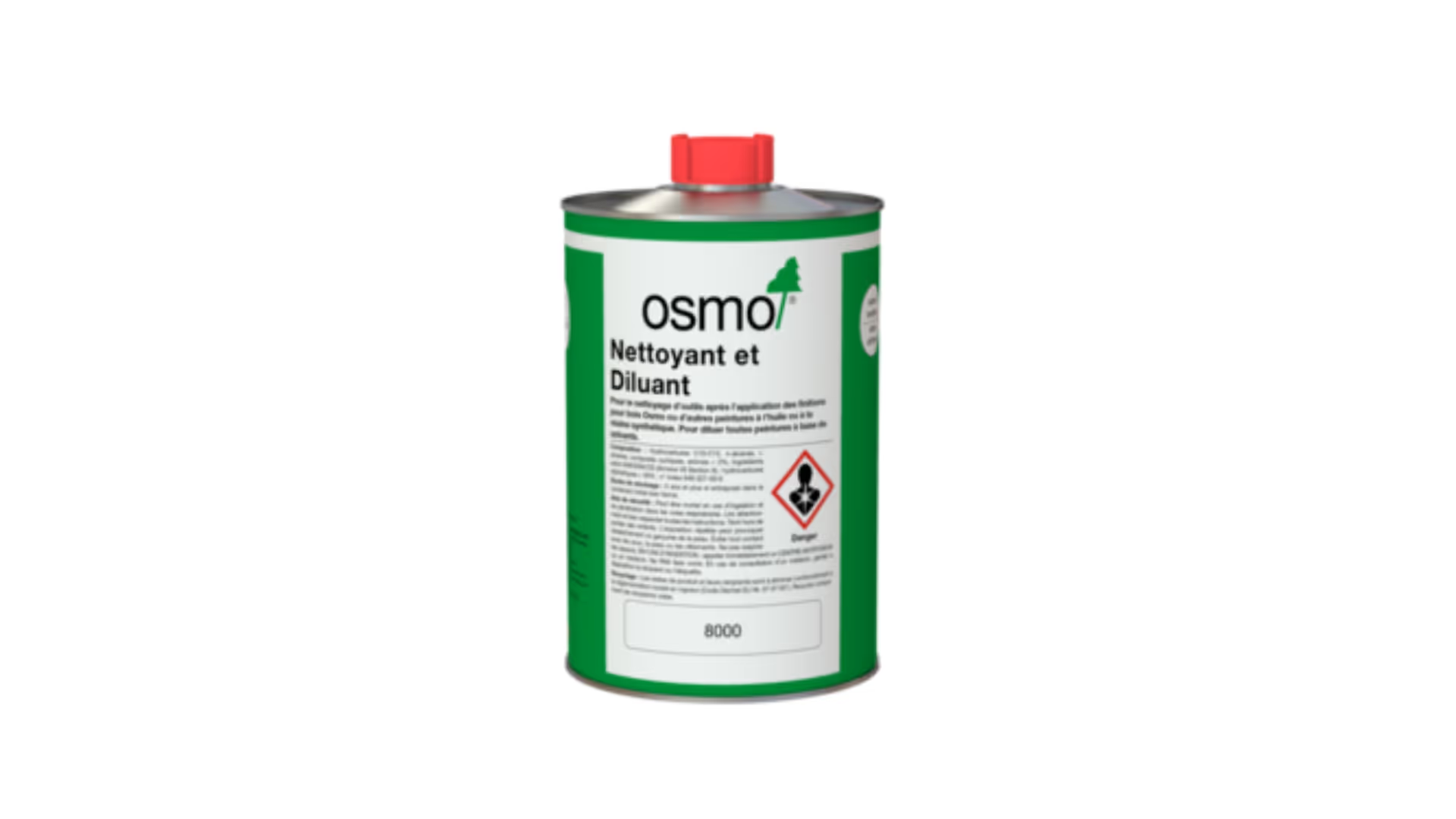
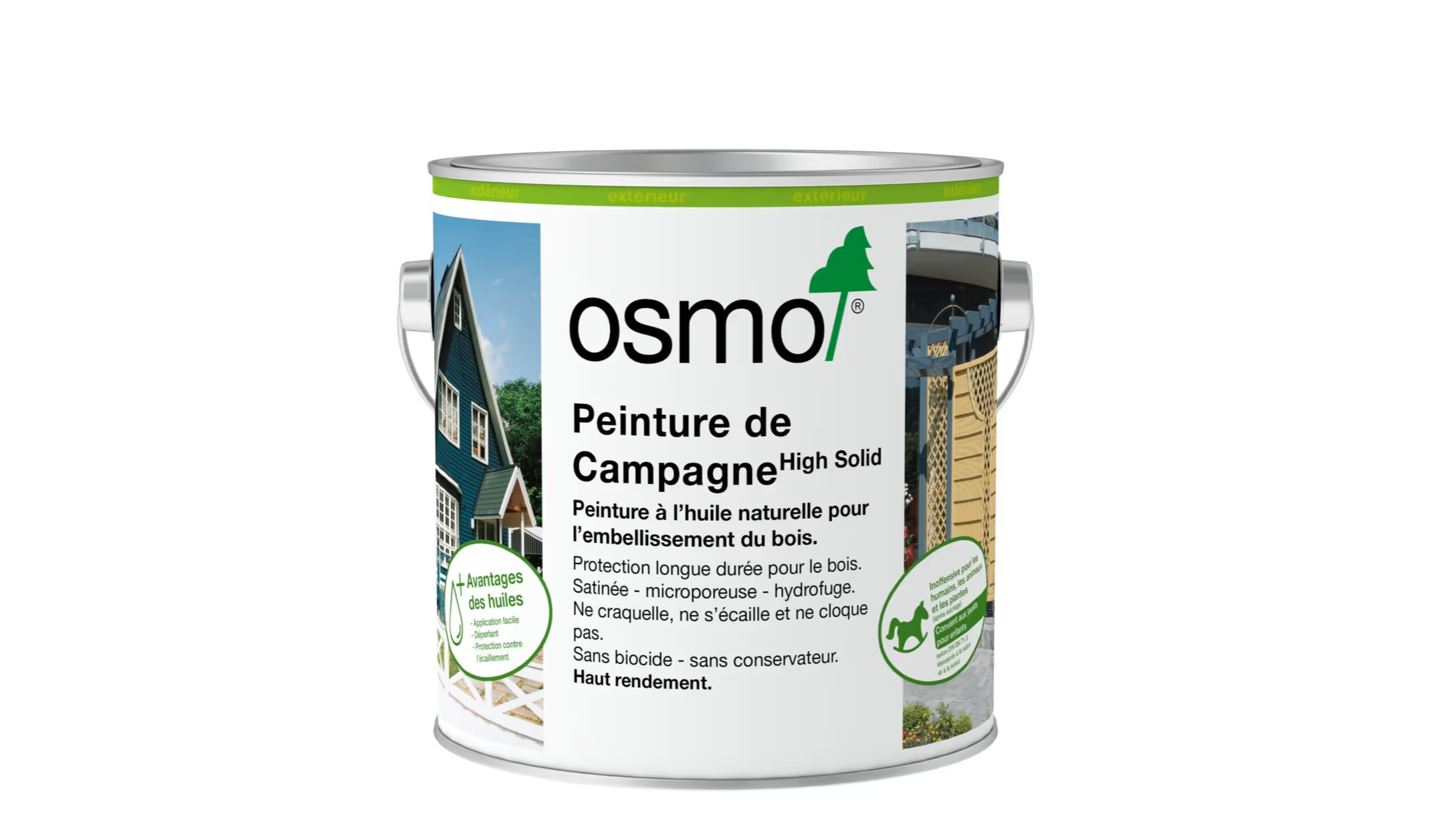

Bien commencer l’année avec le bois !! Les indispensables bonnes résolutions !
Qui dit bois, dit entretien et protection…
Dernière étape dans la réalisation d’un ouvrage en bois, sa protection est essentielle ! D’elle dépendra beauté, longévité et limitera vieillissement, dégradation, remplacement… Préceptes incontournables à adopter sans modération pour garder longtemps les ouvrages en bois…
Du bois oui mais du bois qui dure ! De plus en plus sélectionné dans la conception des nouveaux bâtiments allant de la maison aux immeubles en passant par les bâtiments publics, le bois se fait la part belle dans les matériaux de construction. Néanmoins, passée les premières années sans rides, la déception peut être grande face à un ouvrage vieillissant … Et pourtant, rien n’est plus facile que de lui garantir une belle durabilité si l’on adopte les bons réflexes dès le début ! Et comme dans beaucoup de domaines, le secret d’une protection réussie sur une terrasse ou un bardage bois, réside aussi dans la préparation du support en amont associé à une pose dans les règles.
Focus pose : Bardage : Tips et recommandations !
- Poser les lames à 20 cm du sol pour pallier le risque de remontées capillaires et d’éclaboussures conduisant à des problèmes d’humidité ou de contamination.
- Prévoir une lame d’air ventilée (vide à l’arrière des lames de bardage) qui permet la circulation de l’air et l’évacuation d’humidité. Reliant les ventilations haute et basse, elle limite les dégradations du bois et de sa finition.
- Protéger les deux côtés d’un bardage neuf lors de la pose (côté façade et extérieur) pour optimiser la durabilité.
Avec une pose réalisée dans les règles, étape préparation avant protection !
Rappel des règles de base pour bien préparer : d’abord bien diagnostiquer !
Focus préparation : Analyse de l’état des bois : une étape fondamentale
- Si le bois est simplement sale, il suffit de simplement le nettoyer.
- Si le bois est gris et terne en ayant vieilli aux intempéries sans protection ou avec une ancienne finition non filmogène : il faut le dégriser.
- Si le bois est noirci, encrassé par une ancienne huile noircie aux UV : il faut déshuiler.
- Si le bois est recouvert d’une finition très filmogène, anciennement peint ou lasuré : il faut décaper.
- Si le bois est neuf et dense ou dur, il faut le laisser déglacer
Focus protection :
Architectes, constructeurs ou particuliers peuvent parfois choisir d’éviter la phase de protection au nom de l’esthétique mais cela se fait forcément au détriment de la durabilité du bois. En effet, les bois extérieurs sont soumis aux intempéries : pluie, gel, UV, embruns, variations de température et inéluctablement viennent à se fendiller, s’écailler, griser, … Les altérations ne sont pas irrémédiables mais elles peuvent être évitées avec une protection adéquate. Du bon choix de la finition dépend sa durabilité.
Protection : les principaux choix possibles : lasures/huiles/saturateurs.
- Les lasures protègent contre le vieillissement en laissant un film en surface. Elles conservent l’aspect du bois et sont souvent utilisées en montagne pour leur bonne résistance. Néanmoins, le film finit par s’écailler et il faut décaper avant d’effectuer la maintenance.
- Les huiles donnent un aspect chaleureux au bois mais elles peuvent noircir sous l’effet des UV et de l’eau et encrasser le bois. Il faudra alors également décrasser (déshuiler + stabiliser) au moment de la maintenance.
- Les saturateurs imprègnent et rentrent dans le bois pour le protéger en profondeur. L’aspect chaleureux et le veinage du bois est préservé, il n’y a pas de film en surface et la maintenance est simplifiée car il n’y a pas besoin de décaper, un simple nettoyage suffit.
Warnings application :
Quelques principes basiques à respecter :
- Le sens : Toujours appliquer de haut en bas et suivre le sens du bois afin d'obtenir un beau fini uniforme.
- Jusqu’au bout : Protéger les abouts de lame pour éviter les remontées capillaires d’humidité ou attaque d’insectes.
- En continu : Toujours respecter la géométrie du support et s’arrêter à la fin d’une lame (bout, coin, rebord, porte…) afin d’éviter de créer des reprises (surépaisseurs provoquant taches plus foncées, surbrillance, surdosage, …). Une fois installées, ces taches nécessitent un lourd travail pour les faire disparaître.
- Travailler à l’inverse du soleil : On évitera toujours au maximum de travailler en plein soleil, ainsi il est préférable de commencer par les côtés Ouest et Sud le matin pour terminer sur les faces Nord et Est le soir.
- Attention chaleur du bois : contrôler la température de l’ouvrage au moment de l’application, en plus de celle de l’air ambiant Même si l’atmosphère est en dessous des 20°C une surface ensoleillée dépasse souvent les 25°C voire 30°C.
Zoom Finition : Les recommandations de Durieu :
Pionnier novateur sur le marché de la protection des bois depuis les années 80, Durieu privilégie les saturateurs à travers ses gammes bois Owatrol. Grâce à ses qualités d’imprégnation, le saturateur pénètre au cœur du bois pour diffuser pleinement ses agents protecteurs sans laisser de film en surface permettant de protéger durablement et d’éviter les risques d’écaillement.
Focus chantier : De l’importance de choisir la bonne finition :
Sur ce chantier bénéficiant d’un climat continental, chaud l’été et très froid l’hiver, les variations hygrométriques sont fortes et fragilisent les parties en bois. Il fallait donc une protection bien ciblée afin d’assurer une protection optimale à ces éléments
